 In my humble opinion, writing mysteries requires a bit more planning than a novel about other subjects. You have to manage character arcs, crime arcs, clue dropping, red herrings, passage of time, as well as add pressure and suspense into the mix. This is a lot for a new writer.
In my humble opinion, writing mysteries requires a bit more planning than a novel about other subjects. You have to manage character arcs, crime arcs, clue dropping, red herrings, passage of time, as well as add pressure and suspense into the mix. This is a lot for a new writer.
I found this overwhelming as I began writing back in 2018. The two biggest tips I can pass on at this point are (1) write in Scrivener as you get a bird's eye view of your project all all times and (2) you need a template or an outline of some kind to work from.
WHAT I WISH I HAD WHEN I WAS NEW:
The main reason I've started this Writer's Diary is because I had searched and searched for writer's diaries online and never found anyone who was sharing their whole novel experience. That's why I am doing this. This is another one of the things I wish I had when I was new. I still consider myself new, by the way.
MY OUTLINES WERE TOO FLEXIBLE:
 In my first few novels, I would start off with a loosely-planned outline in order to give the characters space to organically develop. I had noticed within the first novel that the characters did develop their own voice and personalities. I thought this open template would give me the leeway to let the novel sort of write itself. It didn't.
In my first few novels, I would start off with a loosely-planned outline in order to give the characters space to organically develop. I had noticed within the first novel that the characters did develop their own voice and personalities. I thought this open template would give me the leeway to let the novel sort of write itself. It didn't.
In hindsight, I was too open-ended about how the story would end. The characters would take on their own voice at some point in the story but because I had this loose outline, somewhere in Part 2 or Part 3, the story would start to veer off course. As I got to Part 3, I would notice I was too far away from the ending of the story that I had planned originally. But I wouldn't have any great ideas for a better ending either. I would even forget what the original concept for an ending was. Or I would look back and realize the story had veered too far away from a logical ending of the story or solving of the crime/mystery and I would need to go back and start rewriting.
I NEED A WRITING DESTINATION:
What I found by about the sixth novel was that I can leave the beginning and middle of the outline very loose, but I need to know where I am ending the story. I need to know how the crime will be solved, who the bad guy is, and how the clues will be dropped in order to manage the suspects, the red herrings and the suspense.
So I still keep my outline loose in the beginning sections but I make sure I know where I am heading, what corner I need to lead the bad guy into in order to wrap up the story. This gives me more security while I'm writing. It also helps me stay on course.
REMAIN OPEN-MINDED BUT CHANGE THE OUTLINE:
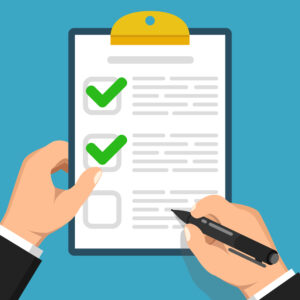 There have been times when a better story did strike me during the writing process. I can go with the new direction, but I must alter my outline so that the new ending is the new destination. I rewrite my outline of how it will end so I will have the self-confidence that I still know where I'm going.
There have been times when a better story did strike me during the writing process. I can go with the new direction, but I must alter my outline so that the new ending is the new destination. I rewrite my outline of how it will end so I will have the self-confidence that I still know where I'm going.
This is a much more workable way to remain flexible but still have the boundaries and guard rails I need to write tight scenes and know where I am in the story.
START BY PICKING A PROTAGONIST OR A CRIME:
I start by picking a crime. My inspiration can be from a novel I'm reading, or a news article, an episode of Forensic Files, or sometimes they can be a combination of all of these. I am beginning to think more like an author and am starting to envision crimes happening in strange places or interesting environments.

PICK YOUR PROTAGONIST/HERO:
The most popular choices for heros/mystery solvers are police officers/detectives, private investigators, and amateur sleuths. I chose a private investigator as my first protagonist as PIs are easier to write about because police procedure is very complicated these days and that would have been too much to take on as a new writer.
I pick a Protagonist/Hero based on a personality type I think I can write convincingly about. If you are planning a series, you will want to give your Hero at least a few people that are anchors in his life. This will also give you leeway if you need to come up with a second novel as the stories can come through people in his/her life as well as from working.
I will reveal my Template - Planning Your Mystery in our next writers diary installment and how I start organizing my mystery elements.
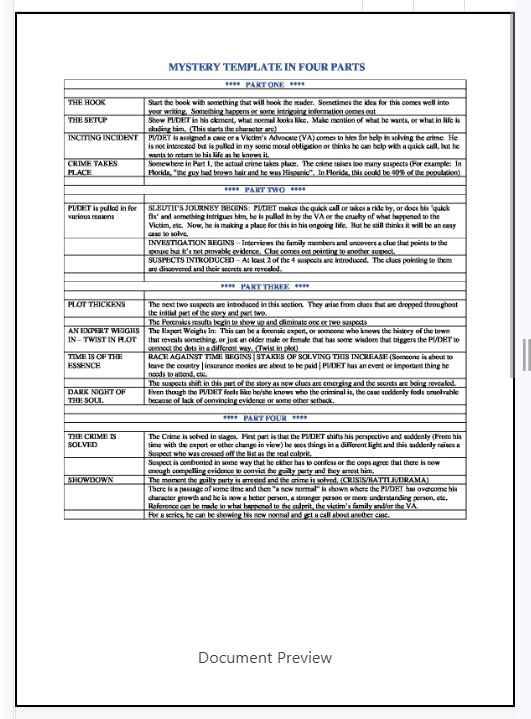

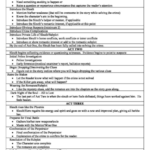 There are probably hundreds of templates out there for you to choose from. If you search "writing template" at images.google.com, you will find hundreds of them. I incorporated several of them into my own custom Mystery Template. You can
There are probably hundreds of templates out there for you to choose from. If you search "writing template" at images.google.com, you will find hundreds of them. I incorporated several of them into my own custom Mystery Template. You can 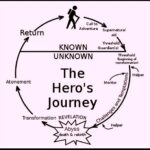 As a new writer, I watched hundreds of new writer videos and read any number of how-to articles. Everyone referenced the Hero's Journey. All the experts claimed that all stories fit within this template and this would keep a newbie on track.
As a new writer, I watched hundreds of new writer videos and read any number of how-to articles. Everyone referenced the Hero's Journey. All the experts claimed that all stories fit within this template and this would keep a newbie on track.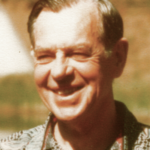 first popularized this 'hero's journey'. If I remember the series of talks correctly, his specialty or his great love was that of mythology. Now, mythology, if I remember from my one course in school, was all based on quests and heroics of some sort. So I do see how mythology fits into the hero's journey. I just can't get how it pertains to crime mysteries, mystery romance or psychological mysteries.
first popularized this 'hero's journey'. If I remember the series of talks correctly, his specialty or his great love was that of mythology. Now, mythology, if I remember from my one course in school, was all based on quests and heroics of some sort. So I do see how mythology fits into the hero's journey. I just can't get how it pertains to crime mysteries, mystery romance or psychological mysteries.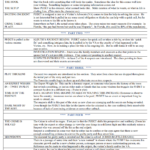 During this same struggle, I also searched the internet high and low for a mystery writing template that didn't use the hero's journey, and although I found a few, they were still too esoteric in nature. They all appeared to be built on the hero's journey in one way or another. None of them mentioned the crime, clue dropping or anything you commonly find in any mystery, mystery suspense, psychological mystery, or even cozy mysteries.
During this same struggle, I also searched the internet high and low for a mystery writing template that didn't use the hero's journey, and although I found a few, they were still too esoteric in nature. They all appeared to be built on the hero's journey in one way or another. None of them mentioned the crime, clue dropping or anything you commonly find in any mystery, mystery suspense, psychological mystery, or even cozy mysteries.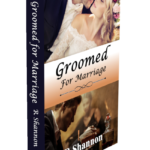 My pen name is R Shannon and I started writing in late 2019. I self-published my first novel on KDP on 10/01/2020. The name of it is Groomed for Marriage.
My pen name is R Shannon and I started writing in late 2019. I self-published my first novel on KDP on 10/01/2020. The name of it is Groomed for Marriage.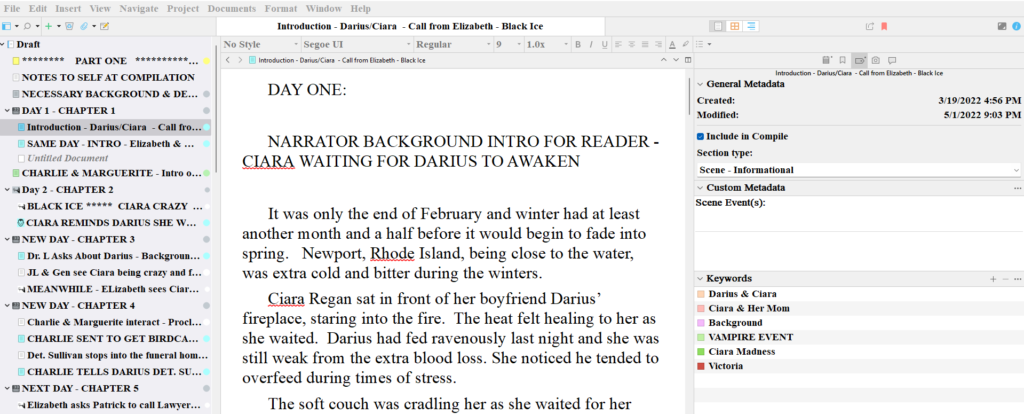
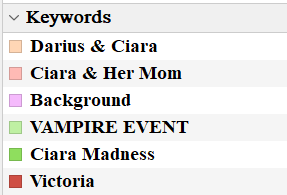 For this novel series, I use the keywords to allow me to name every relationship in the chapter. Then at the end, I can select only one keyword and track the character arc and/or the action in that plot or subplot. I didn't use keywords as a brand new writer, but I wish I knew this was a tool I could use. It is so very helpful. #writingstrategies
For this novel series, I use the keywords to allow me to name every relationship in the chapter. Then at the end, I can select only one keyword and track the character arc and/or the action in that plot or subplot. I didn't use keywords as a brand new writer, but I wish I knew this was a tool I could use. It is so very helpful. #writingstrategies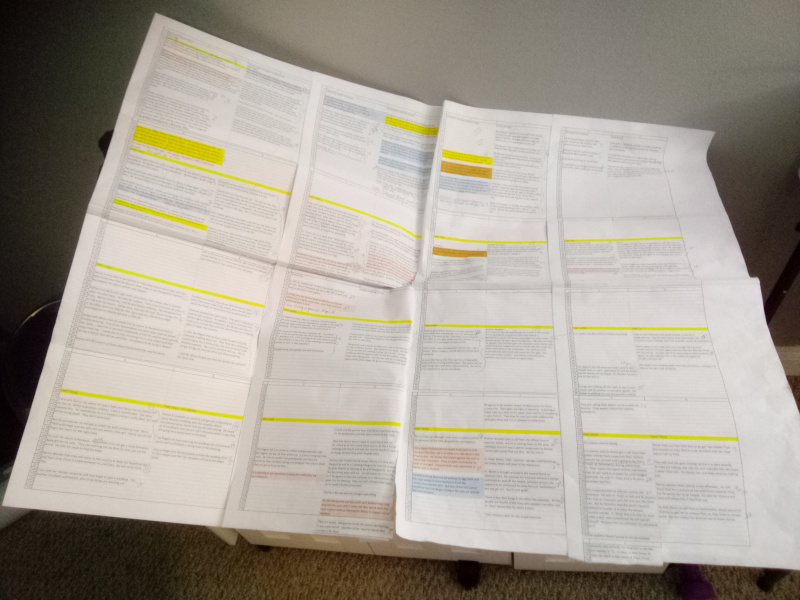
 If you are writing novels with a Catholic or Christian theme or backdrop, you may want to consider submitting the book to CatholicReads.com for review. They have a list of over 600 people who are signed up as already interested in Catholic books and Christian books. This is a niche market and one that may be a good fit for your novel.
If you are writing novels with a Catholic or Christian theme or backdrop, you may want to consider submitting the book to CatholicReads.com for review. They have a list of over 600 people who are signed up as already interested in Catholic books and Christian books. This is a niche market and one that may be a good fit for your novel.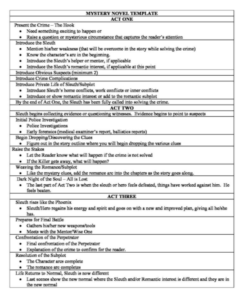 I spent a lot of time in researching novel templates and wound up getting more confused than organized. I may have a mental block on this, or if you are a beginner, you may find the same difficulties in getting your plot or story line to fit exactly over a template outline.
I spent a lot of time in researching novel templates and wound up getting more confused than organized. I may have a mental block on this, or if you are a beginner, you may find the same difficulties in getting your plot or story line to fit exactly over a template outline. The one area on YouTube that I never found any ‘work flow’ videos on was the method of reverse engineering story in order to learn the craft. I reread two or three of my favorite novels and reversed engineered them myself. I wanted to see what this method would teach me in terms of how these favorite stories fell into these novel format templates I was finding.
The one area on YouTube that I never found any ‘work flow’ videos on was the method of reverse engineering story in order to learn the craft. I reread two or three of my favorite novels and reversed engineered them myself. I wanted to see what this method would teach me in terms of how these favorite stories fell into these novel format templates I was finding.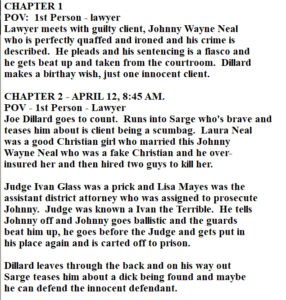 I re-read the book, and during and after each chapter, I wrote down what happened and where I thought this fit in the template. I also tried to identify the conflicts and obstacles, and anything else I thought was relevant to the story.
I re-read the book, and during and after each chapter, I wrote down what happened and where I thought this fit in the template. I also tried to identify the conflicts and obstacles, and anything else I thought was relevant to the story.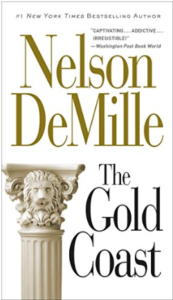
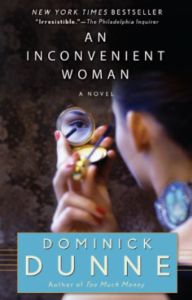
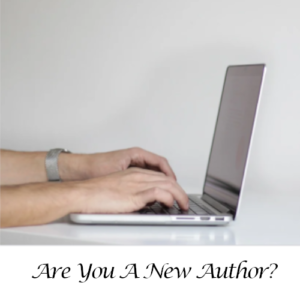 I am a new writer myself and by no means do I hold myself out to be any type of an expert. But I am still very close to the "very beginner status" and still understand some of the obstacles only a brand new writer is faced with.
I am a new writer myself and by no means do I hold myself out to be any type of an expert. But I am still very close to the "very beginner status" and still understand some of the obstacles only a brand new writer is faced with.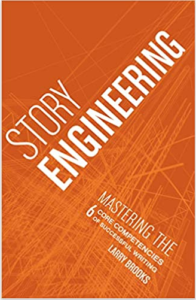
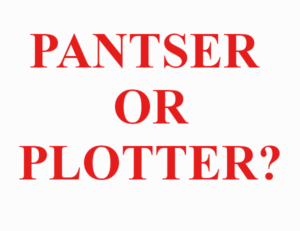 When I began to hear terms like “panters and/or plotter” I didn’t even know what they were talking about. A pantser, if you don’t know if someone who just sits down and begins to write “by the seat of their pants” without any organization and without any plot line. They approach the writing from a completely creative process. I imagine that “natural writers” would take this approach. Maybe people who like chaos would take this route. But I would wind up staring at a blank page all day if I didn’t have at least an outline.
When I began to hear terms like “panters and/or plotter” I didn’t even know what they were talking about. A pantser, if you don’t know if someone who just sits down and begins to write “by the seat of their pants” without any organization and without any plot line. They approach the writing from a completely creative process. I imagine that “natural writers” would take this approach. Maybe people who like chaos would take this route. But I would wind up staring at a blank page all day if I didn’t have at least an outline.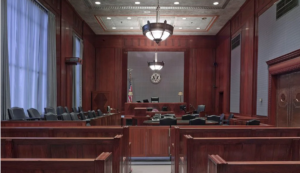 It is best as a beginner to choose a location and setting that you are familiar with. It will cut down on the research you need to do, as you will need to do at least some forensic and police procedure research. For example: I used to be a court reporter for 11 years and I have experience working on criminal cases, how prisoners are moved around the courthouse, how sheriff’s officers and prison guards are different from cops, what goes on in a Judge’s chambers on breaks and after the jury goes home. So this is a good setting for me to write about.
It is best as a beginner to choose a location and setting that you are familiar with. It will cut down on the research you need to do, as you will need to do at least some forensic and police procedure research. For example: I used to be a court reporter for 11 years and I have experience working on criminal cases, how prisoners are moved around the courthouse, how sheriff’s officers and prison guards are different from cops, what goes on in a Judge’s chambers on breaks and after the jury goes home. So this is a good setting for me to write about.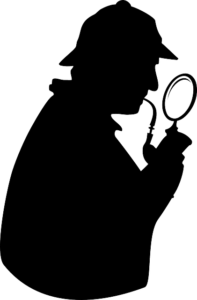 One of the biggest mistakes I made in the beginning was focusing too much on the main character. With a mystery, you need to have a unique crime that hasn’t been done before. Because there are millions of mystery books, your specific crime may have been done, but you want to make sure you don’t pick on that has been “done to death”.
One of the biggest mistakes I made in the beginning was focusing too much on the main character. With a mystery, you need to have a unique crime that hasn’t been done before. Because there are millions of mystery books, your specific crime may have been done, but you want to make sure you don’t pick on that has been “done to death”.